EU declaration conformity
Variable fan speed controller | 3 A
Product description
This controller is designed for single-phase, voltage-controlled motors up to 3 A. It adjusts fan speed by varying the motor voltage using TRIAC technology with phase angle control. The device features an integrated on/off switch and provides two selectable start modes, Kick Start and Soft Start, via a jumper.
The controller automatically detects the power supply between 110-240 VAC / 50-60 Hz. The minimum speed is adjustable from 30% to 60% via an internal trimmer.
An unregulated 230 VAC output is also included for powering external devices. The controller has an IP54 protection rating, safeguarding it against moisture, dirt, and dust.
Documents
Additional specifications and description
Why is Controlled Fan Speed Essential for Comfort and Efficiency?
Fans are often oversized. An AC fan speed controller can be used to reduce fan speed and to optimize fresh air supply. Too much ventilation is never a problem for the indoor air quality. However, in many cases, an excessively high fan speed causes noise nuisance in the air ducts. The higher the fan speed, the higher the energy consumption. Reducing the fan speed by 25% results in energy savings (operating costs) of more than 50%. Depending on the ventilation system, heating costs can also be reduced by optimizing fan speed.
How Does This Controller Regulate AC Fan Speed?
This fan speed controller regulates the speed of AC fans by reducing the motor voltage. The voltage is reduced via phase angle control (TRIAC technology). This speed controller is therefore only suitable for voltage controllable motors. If you are not sure whether your motor is voltage controllable, it is best to contact your motor manufacturer. This speed controller works completely silently. The fan speed can be controlled with the knob on the front panel. Depending on the motor type, a humming motor noise may occur at low speeds.
How is Minimum Fan Speed Optimized and Why is it Important?
The minimum selectable motor speed can be adjusted via an internal trimmer. This makes it possible to optimize the range of fan speeds. The range can be selected via the knob on the front panel. Some AC motors cannot withstand prolonged low-speed operation. There is a risk that they will overheat after a while. This can damage the winding insulation resulting in permanent motor damage. To avoid overheating, the minimum motor speed can be increased if desired. The motor manufacturer specifies the minimum permissible motor voltage of a voltage controllable motor.
How Does the ON/OFF Switch Function and Can It Be Disabled?
With the illuminated ON/OFF switch on the side of the enclosure, the AC fan can be activated or deactivated. In ON position, the switch is illuminated. For the 1,5 A and 3 A ITR-9 series, the ON-OFF switch can be disabled if so desired. To disable the ON/OFF switch, connect the power supply via terminals L1 and N instead of via L and N. Please refer to the manual for more details.
What Is the Purpose and Application of the Unregulated Output?
When the motor is enabled, the unregulated output is active. Because this output is either ON (230 Volt) or OFF (0 Volt), it is called ‘unregulated output'. The maximum current of this output is 2 A. It is typically used to control an external run-indicator, to open or close a damper, to switch an external relay, etc.
E.g. when the fan stops, the damper is closed. When the fan is active, the damper is open.
What Are the Different Motor Start Modes Available?
Kick start and soft start are two different ways to start the motor. The difference is the way the AC fan will accelerate from standstill. Kickstart or softstart acceleration can be selected via an internal jumper. Kick start will start the motor immediately at maximum speed. After 8 – 10 seconds, the motor will decelerate towards the requested fan speed. Soft start will smoothly accelerate the motor from standstill towards the requested fan speed. This acceleration time will be approximately 8 – 10 seconds.
What Are the Installation Guidelines and Enclosure Features?
This fan speed controller can be installed on a wall or panel indoors. Make sure that the fan speed controller can sufficiently cool. Preferably install it in a cool place, best not in direct sunlight. The enclosure is made of high-quality r-ABS VO (UL94) plastic. This material is flame extinguishing, very tough and offers good protection against impacts. It offers an IP54 protection against ingress dust and water.
Fans are often oversized. An AC fan speed controller can be used to reduce fan speed and to optimize fresh air supply. Too much ventilation is never a problem for the indoor air quality. However, in many cases, an excessively high fan speed causes noise nuisance in the air ducts. The higher the fan speed, the higher the energy consumption. Reducing the fan speed by 25% results in energy savings (operating costs) of more than 50%. Depending on the ventilation system, heating costs can also be reduced by optimizing fan speed.
How Does This Controller Regulate AC Fan Speed?
This fan speed controller regulates the speed of AC fans by reducing the motor voltage. The voltage is reduced via phase angle control (TRIAC technology). This speed controller is therefore only suitable for voltage controllable motors. If you are not sure whether your motor is voltage controllable, it is best to contact your motor manufacturer. This speed controller works completely silently. The fan speed can be controlled with the knob on the front panel. Depending on the motor type, a humming motor noise may occur at low speeds.
How is Minimum Fan Speed Optimized and Why is it Important?
The minimum selectable motor speed can be adjusted via an internal trimmer. This makes it possible to optimize the range of fan speeds. The range can be selected via the knob on the front panel. Some AC motors cannot withstand prolonged low-speed operation. There is a risk that they will overheat after a while. This can damage the winding insulation resulting in permanent motor damage. To avoid overheating, the minimum motor speed can be increased if desired. The motor manufacturer specifies the minimum permissible motor voltage of a voltage controllable motor.
How Does the ON/OFF Switch Function and Can It Be Disabled?
With the illuminated ON/OFF switch on the side of the enclosure, the AC fan can be activated or deactivated. In ON position, the switch is illuminated. For the 1,5 A and 3 A ITR-9 series, the ON-OFF switch can be disabled if so desired. To disable the ON/OFF switch, connect the power supply via terminals L1 and N instead of via L and N. Please refer to the manual for more details.
What Is the Purpose and Application of the Unregulated Output?
When the motor is enabled, the unregulated output is active. Because this output is either ON (230 Volt) or OFF (0 Volt), it is called ‘unregulated output'. The maximum current of this output is 2 A. It is typically used to control an external run-indicator, to open or close a damper, to switch an external relay, etc.
E.g. when the fan stops, the damper is closed. When the fan is active, the damper is open.
What Are the Different Motor Start Modes Available?
Kick start and soft start are two different ways to start the motor. The difference is the way the AC fan will accelerate from standstill. Kickstart or softstart acceleration can be selected via an internal jumper. Kick start will start the motor immediately at maximum speed. After 8 – 10 seconds, the motor will decelerate towards the requested fan speed. Soft start will smoothly accelerate the motor from standstill towards the requested fan speed. This acceleration time will be approximately 8 – 10 seconds.
What Are the Installation Guidelines and Enclosure Features?
This fan speed controller can be installed on a wall or panel indoors. Make sure that the fan speed controller can sufficiently cool. Preferably install it in a cool place, best not in direct sunlight. The enclosure is made of high-quality r-ABS VO (UL94) plastic. This material is flame extinguishing, very tough and offers good protection against impacts. It offers an IP54 protection against ingress dust and water.

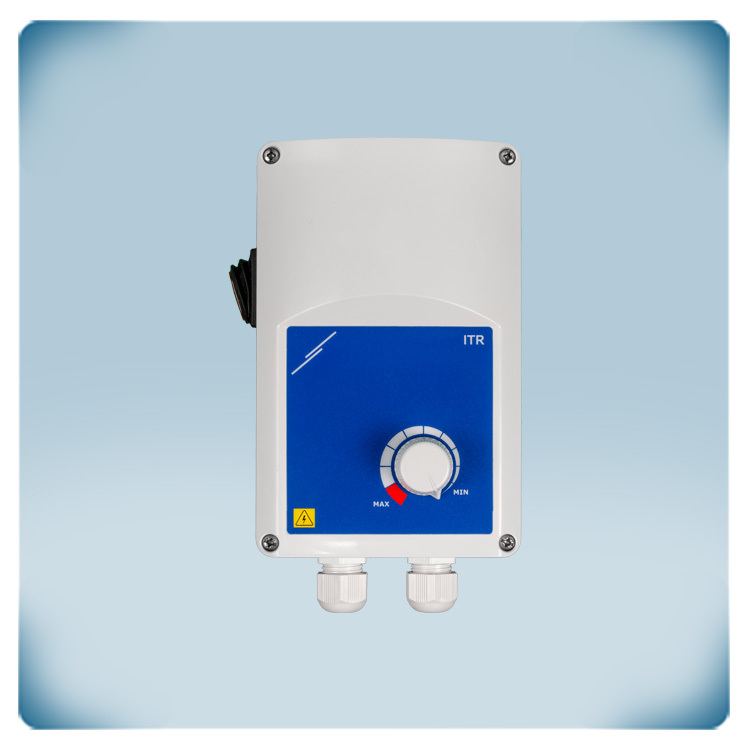

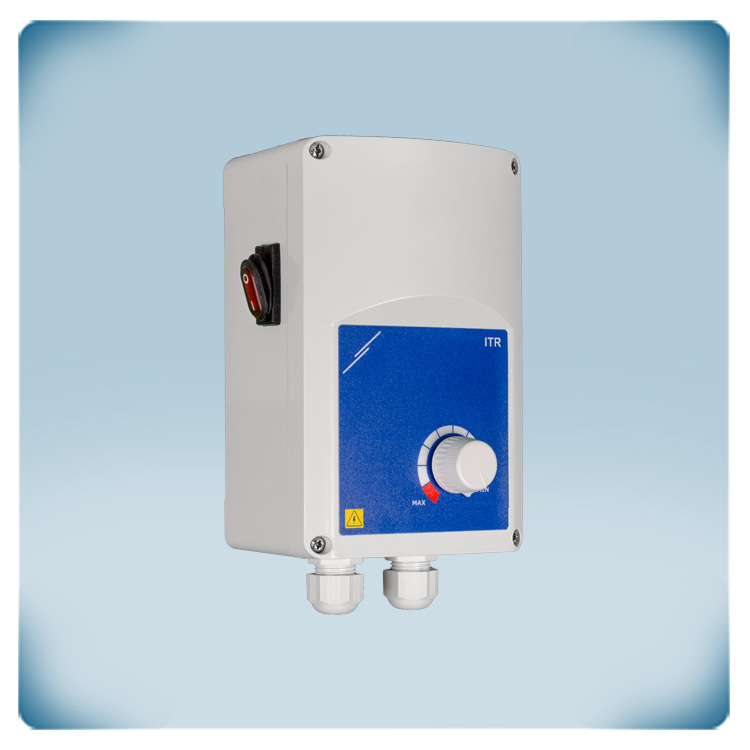
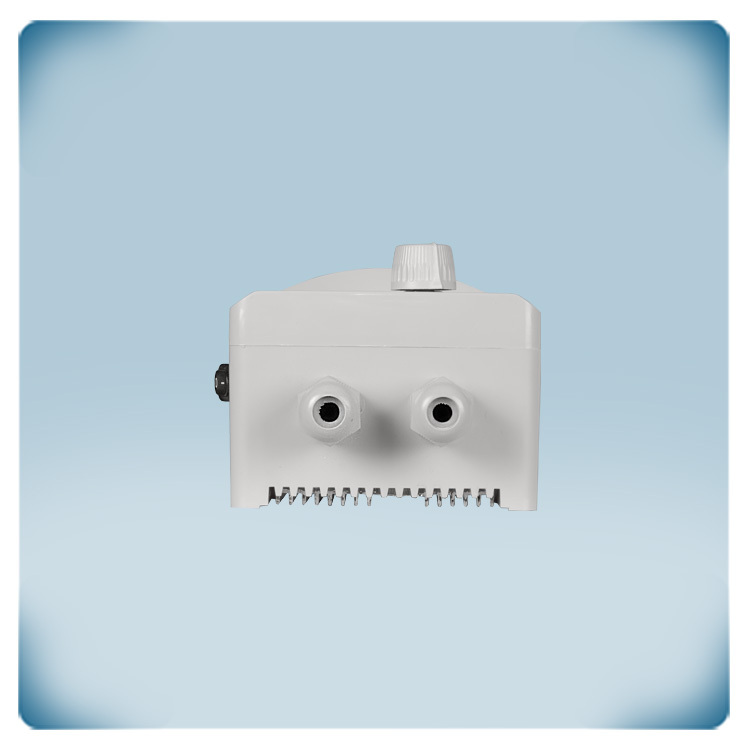
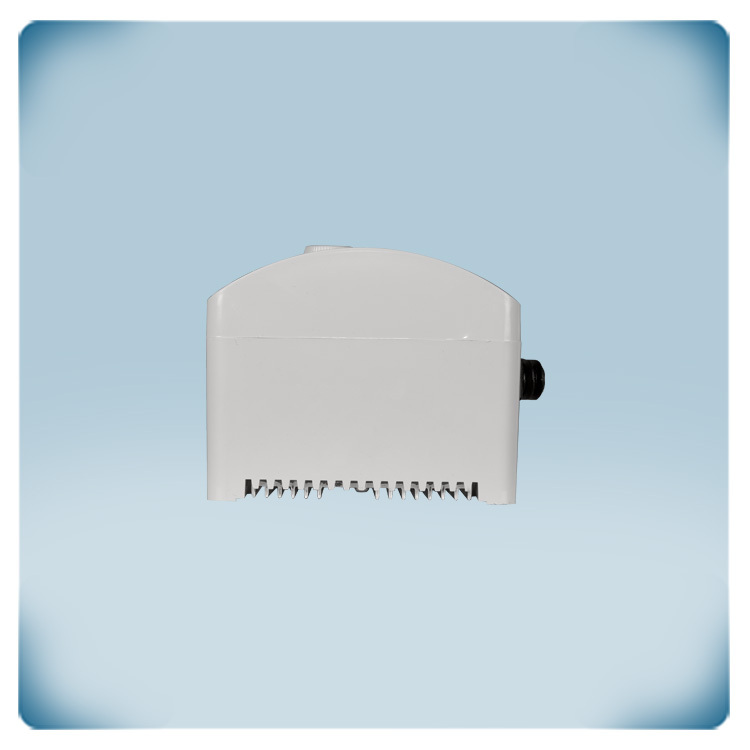
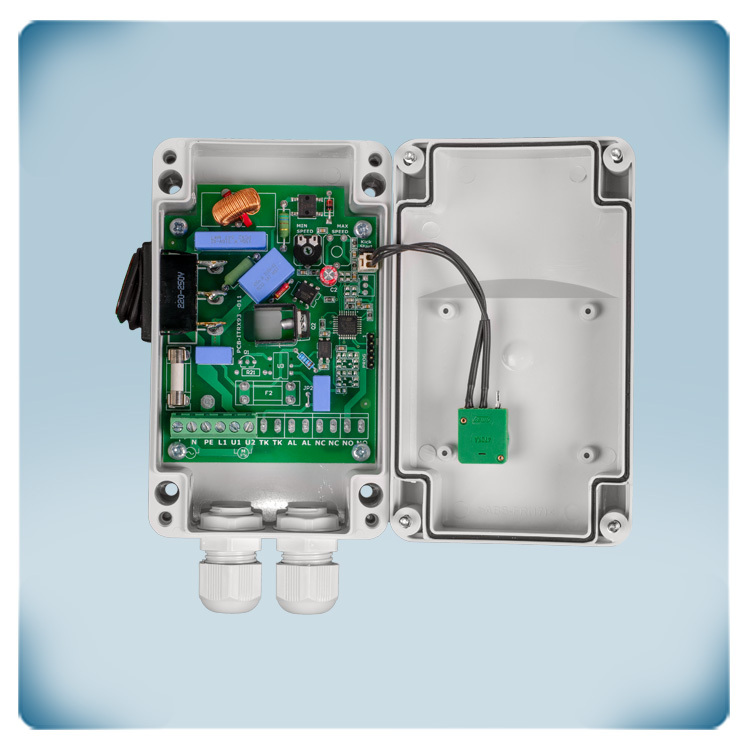
.webp)
.webp)
.webp)
.webp)
.webp)
.webp)
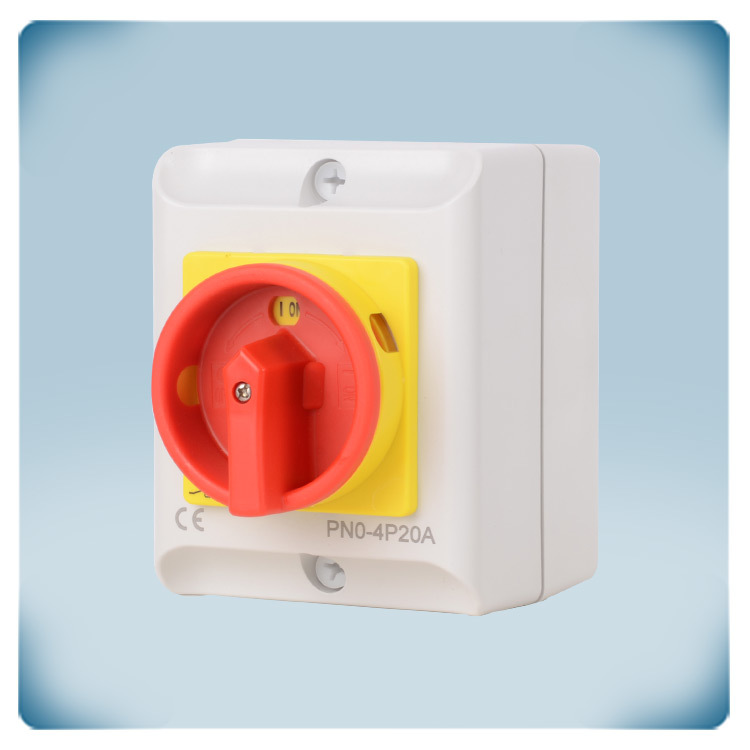
Remarks, reviews & ratings